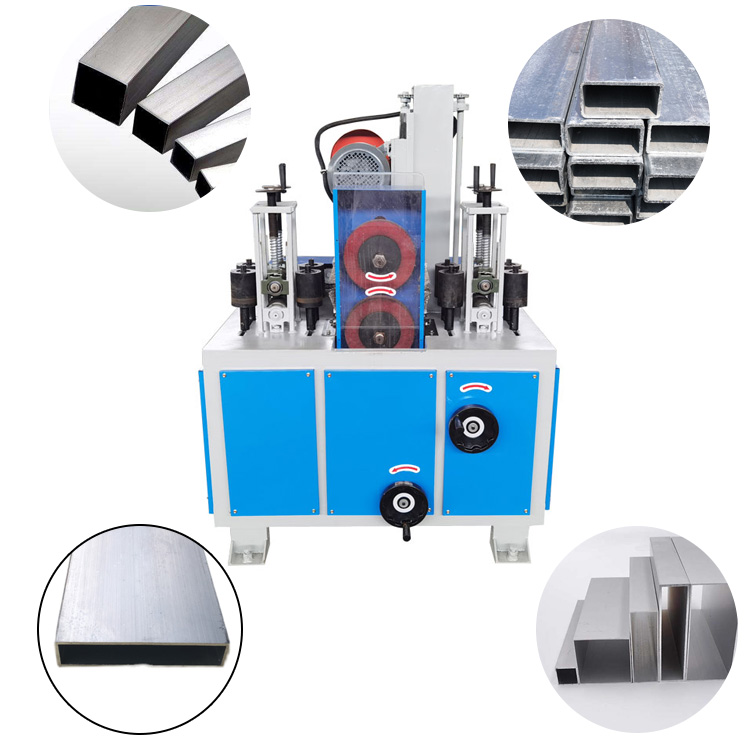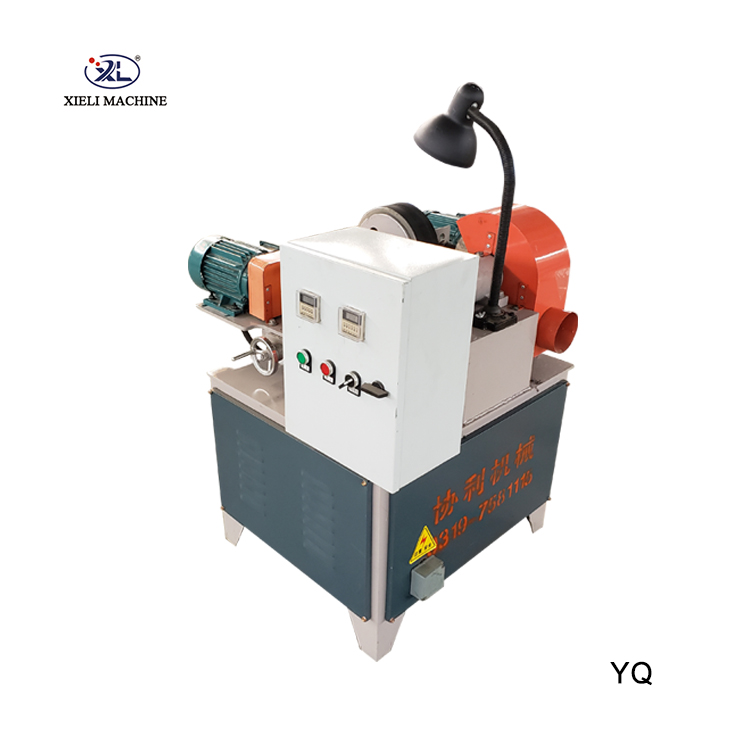Understanding Ovality in Centerless Grinding Impacts and Solutions
Centerless grinding is a critical process in the manufacturing of precision components, particularly where high accuracy and surface finish are required. In this process, the workpiece is held between a grinding wheel and a regulating wheel, which allows it to be ground without the need for additional fixtures. However, one of the significant challenges that arise in centerless grinding is the issue of ovality, or non-circularity, which can significantly affect the quality and functionality of the finished parts.
What is Ovality?
Ovality refers to the deviation of a workpiece from a true circular shape. In the context of centerless grinding, it manifests as an elliptical cross-section rather than a perfectly round one. This imperfection can be detrimental, especially in applications where precise tolerances are mandated. For instance, components used in automotive or aerospace industries require stringent dimensional standards to ensure performance and safety.
Causes of Ovality in Centerless Grinding
Several factors contribute to the formation of ovality during the centerless grinding process
1. Wheel Alignment Misalignment of the grinding and regulating wheels can lead to uneven grinding, causing the workpiece to take on an elliptical shape. Proper calibration is essential to maintain the correct angles and ensure both wheels are positioned correctly.
2. Workpiece Stability If the workpiece is not stable or securely held, it may wobble during the grinding process, leading to inconsistent removal of material. This instability is often exacerbated when grinding longer parts that may be prone to flexing.
3. Inconsistent Feed Rates Variations in feed rates can result in uneven contact between the grinding wheel and the workpiece. It’s vital to maintain a constant feed rate to promote uniform grinding throughout the entire length of the component.
4. Grinding Wheel Condition The wear and tear of the grinding wheel can significantly impact the grinding process. A wheel that is excessively worn or improperly dressed may create inconsistent surface conditions, leading to ovality.
ovality in centerless grinder product

5. Material Properties Different materials have varying levels of hardness and resistance to deformation. In some cases, the inherent characteristics of the workpiece material can lead to uneven grinding outcomes, contributing to ovality.
Mitigating Ovality in Centerless Grinding
Addressing ovality in centerless grinding involves a multifaceted approach
1. Regular Calibration Ensuring that the grinding and regulating wheels are properly aligned and calibrated can significantly diminish the chances of generating oval workpieces.
2. Stable Workholding Utilizing advanced fixturing solutions to secure the workpiece can minimize movement and flexibility during grinding. Additionally, using centers or support rollers may help stabilize longer components.
3. Monitoring Feed Rates Implementing automated systems to maintain consistent feed rates can help ensure uniform material removal and reduce the risk of ovality.
4. Wheel Maintenance Regularly inspecting and dressing grinding wheels will keep them in optimal condition, allowing for consistent contact and improved dimensional accuracy.
5. Material Selection Understanding the characteristics of the material being ground can aid in adjusting the grinding parameters to accommodate and possibly overcome the challenges associated with specific materials.
Conclusion
Ovality in centerless grinding represents a significant challenge but can be managed through proper techniques and practices. By understanding its causes and implementing effective solutions, manufacturers can ensure improved quality and consistency in their precision components, ultimately leading to enhanced performance across applications. As industries continue to evolve, addressing such challenges remains crucial for maintaining competitive advantage and meeting stringent industry standards.





